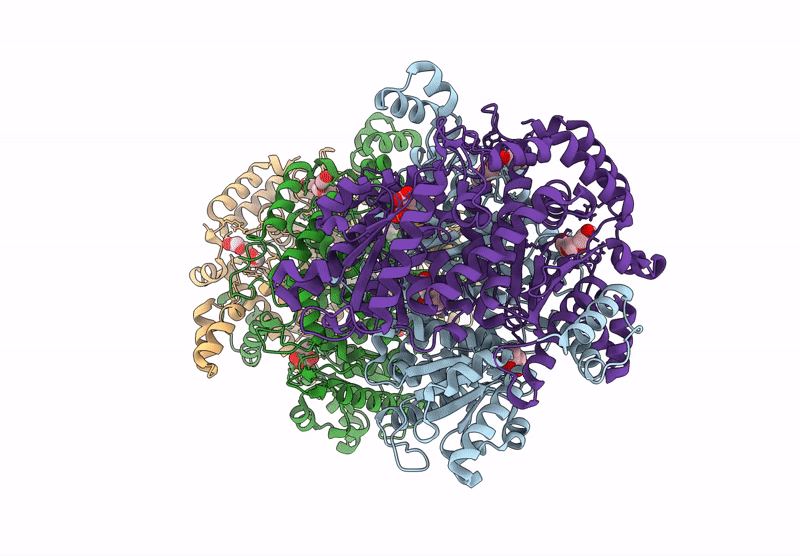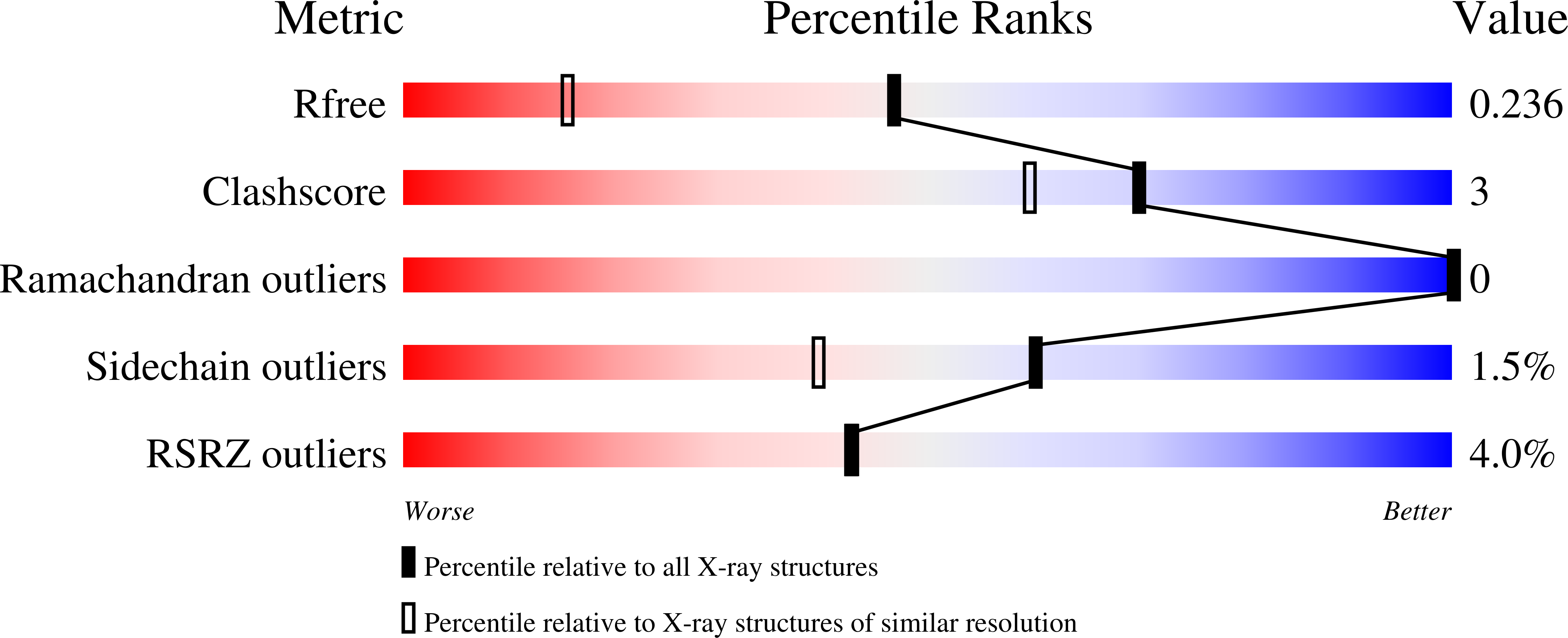
Deposition Date
2024-06-03
Release Date
2025-03-12
Last Version Date
2025-07-02
Entry Detail
PDB ID:
9FKC
Keywords:
Title:
Crystal structure of human Glucose-6-phosphate isomerase with citraconate ligand
Biological Source:
Source Organism:
Homo sapiens (Taxon ID: 9606)
Host Organism:
Method Details:
Experimental Method:
Resolution:
1.60 Å
R-Value Free:
0.22
R-Value Work:
0.19
R-Value Observed:
0.19
Space Group:
P 21 21 21


